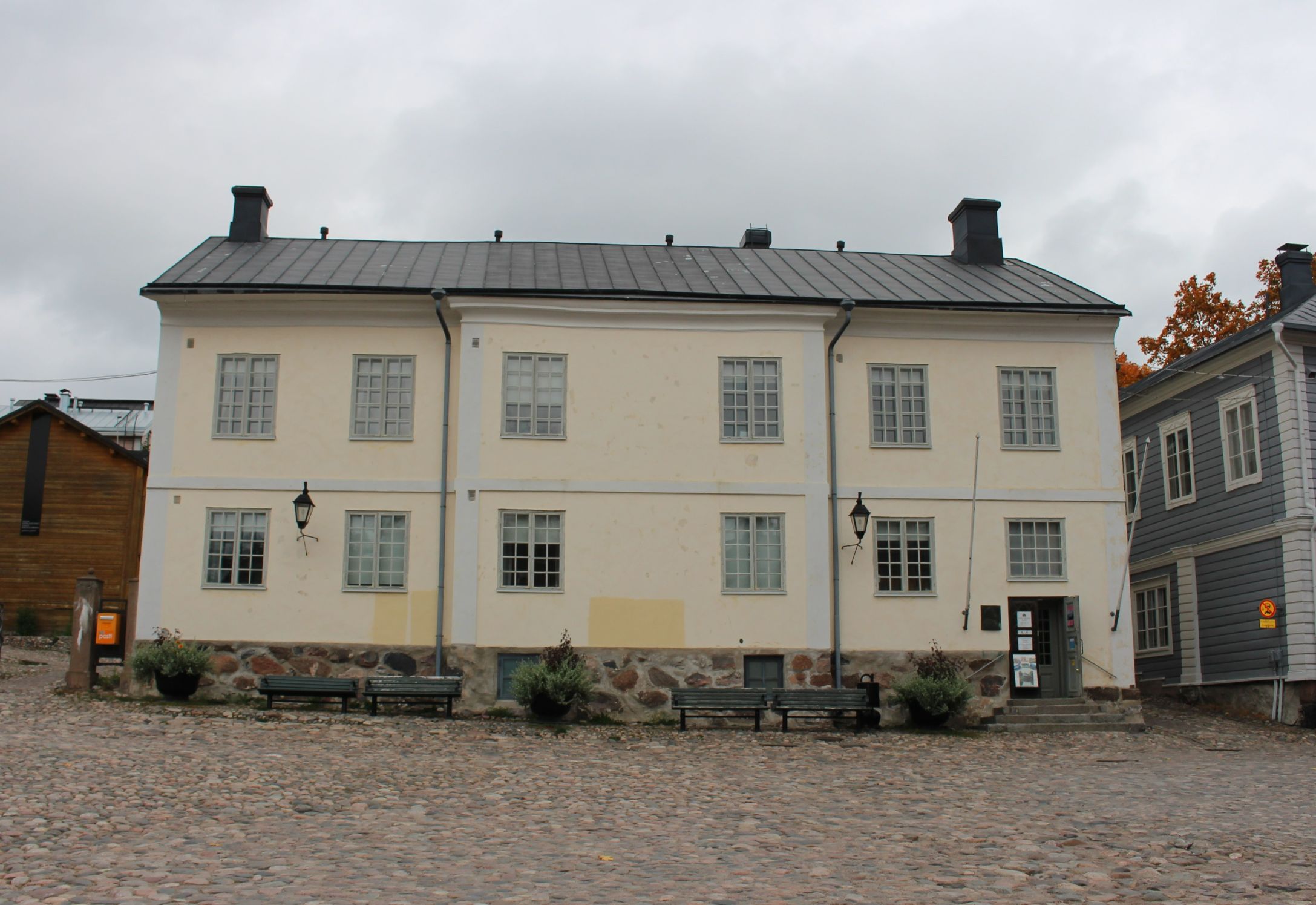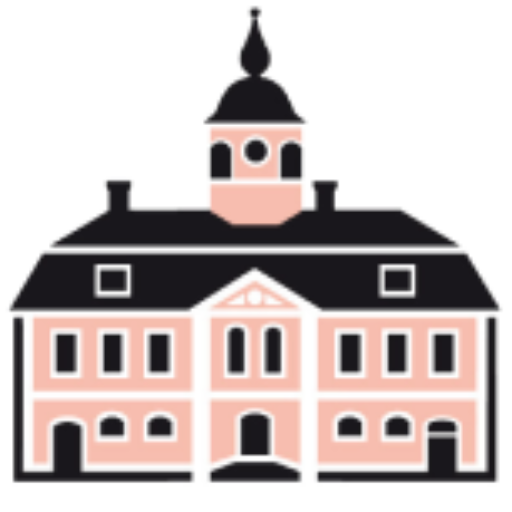About us
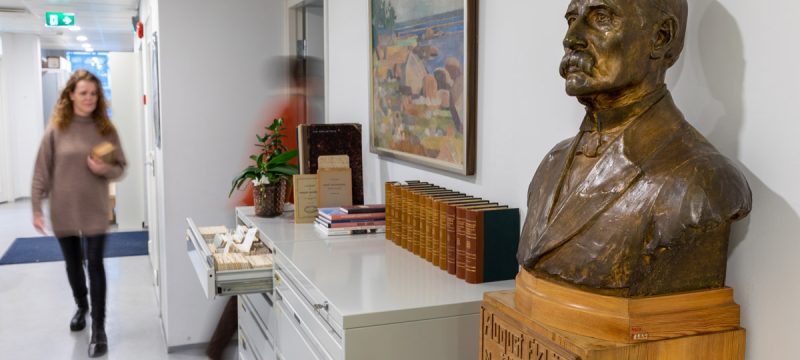
Porvoo Museum
Mission
Porvoo Museum is one of the oldest museums in Finland. Founded in 1896 the museum has been maintained by the association Borgå museiförening from the beginning. The museum receives funding from the government according to the law. Porvoo Museum is also the museum with regional responsibility in Eastern Uusimaa. The museum fosters, maintains, researches, and conveys material and immaterial cultural and natural heritage of Porvoo and Eastern Uusimaa. The museum produces exhibitions and provides expert and pedagogic services, in the museum, around the area, and online, as well as running a museum shop.
The museum’s extensive collections contain objects, artworks and natural historical specimens, as well as a picture archive and a historical archive.
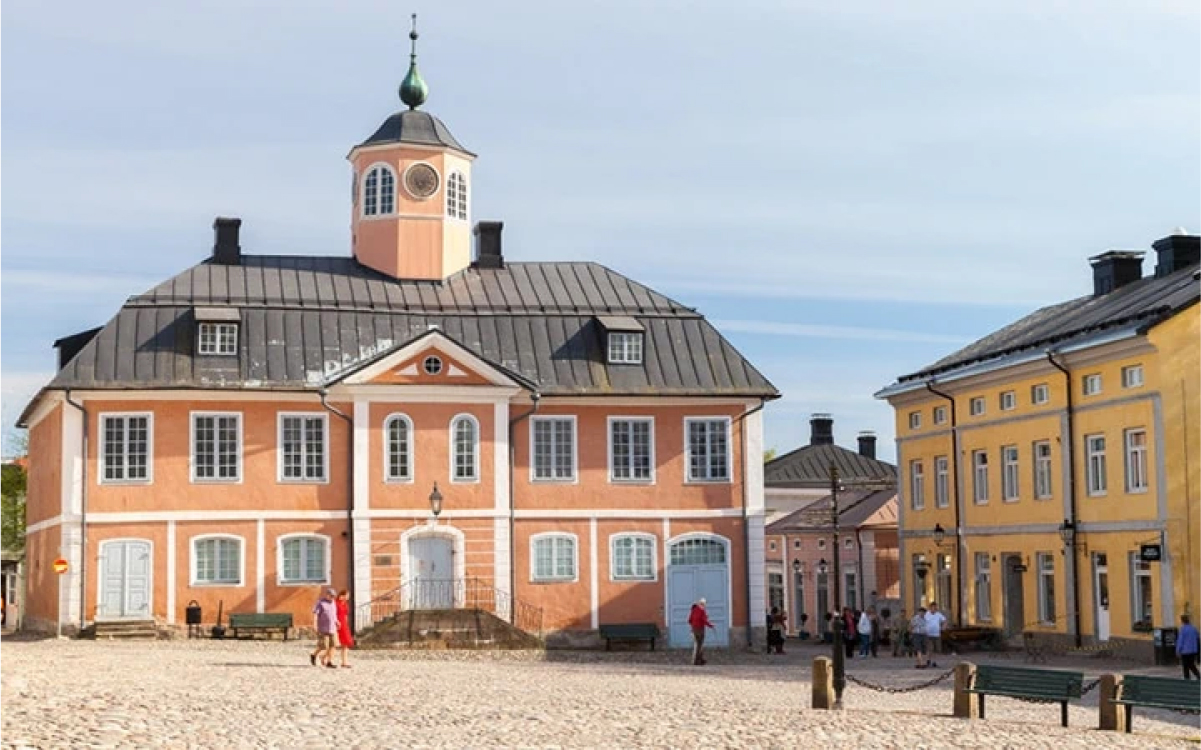
The Old Town Hall
The history of Porvoo Museum connects in many ways to the Old Town Hall. Its rooms house the exhibitions of the museum, but the museum connects even to the building’s distinctive history. After the fire in Porvoo in 1760 many new buildings were constructed. The Old Town Hall also originates from those times. Built in 1762ー1764, it is the oldest still standing town hall in Finland. The Old Town Hall with its clocktower was at the time the symbol of earthly power and is now the symbol of the old town. The building used to house the city government, magistrate, and council, as well as the guardians of the law. The Town Hall had its moment in the sun during the Diet of Porvoo in spring 1809, when its halls were used for the meetings of the nobility and the burghers. During this time Finland was a part of the Russian empire.
The Town Hall was used for its original purpose until the 1800s. The museum association rescued the building from being torn down and began operating a museum in 1896. The building, which is owned by the city of Porvoo, went through major repairs that were finished in 2009.
Even though the Old Town Hall was built on a hill, the layer of clay in the soil gave in and the building began to sink. Part of the reason might have been the fact that the builders didn’t have enough experience building stone buildings. Over the years the building has been repaired so that it won’t sink any further, but the lopsided doorways and inclined floors are among its distinct characteristics.
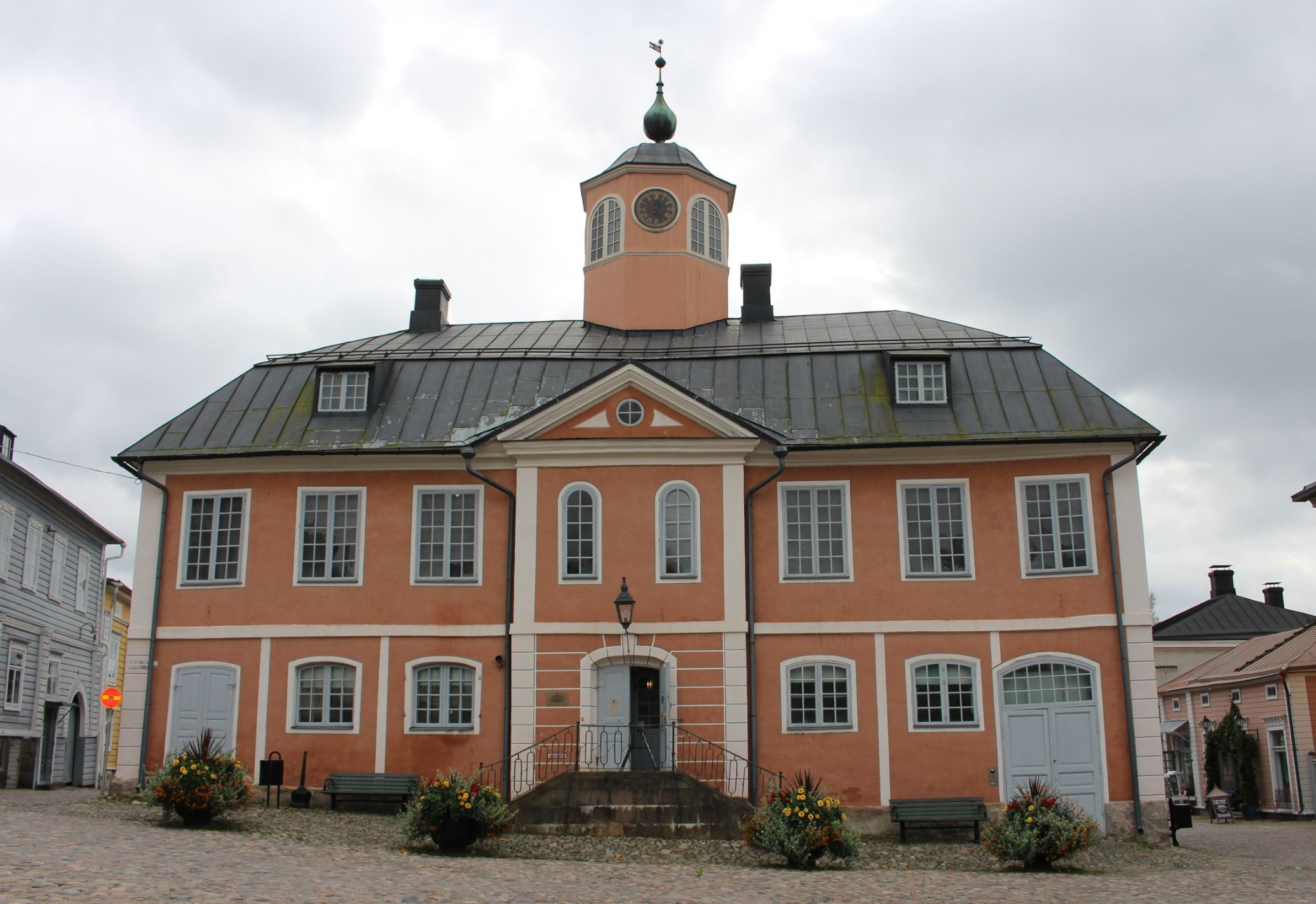
Holm House
Porvoo Museum operates in two buildings along the square: the Old Town Hall and Holm House. The latter is named after the burgher Johan Holm. Originally the stone building built in the 1760s featured a mansard roof and the entrance was solely from the yard. The bottom floor was used for business and the second floor was the family home. Bakeries, such as Swiss confectionaries, operated in the building in the 1800s and in 1860s a door directly from the shop to the square was opened. The museum acquired the building in 1919. Nowadays it is owned by Porvoo Museum.
Visitors are welcome to the backyard of the house, which is surrounded by several buildings that were used in the 1700s for animals, as well as storage for food, clothes, and vehicles.
One of the beautifully decorated small buildings in the backyard of the Holm House is called Wikman. Originally the building was a bakehouse. In the 1920s and 1930s Paul Wikman, the museum’s caretaker, lived in the house. He was also an artist, and the museum collection contains some of his works.
The exhibitions in Holm House focus on life in the 1700s. The museum collections have a large number of objects on this theme. The interiors are fictional and not directly connected to any specific person.
